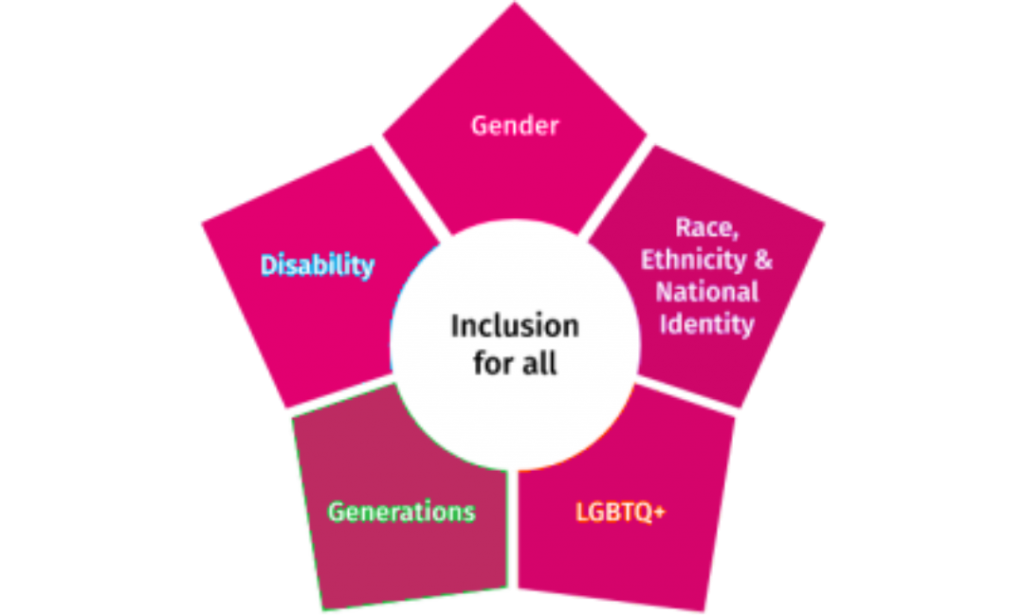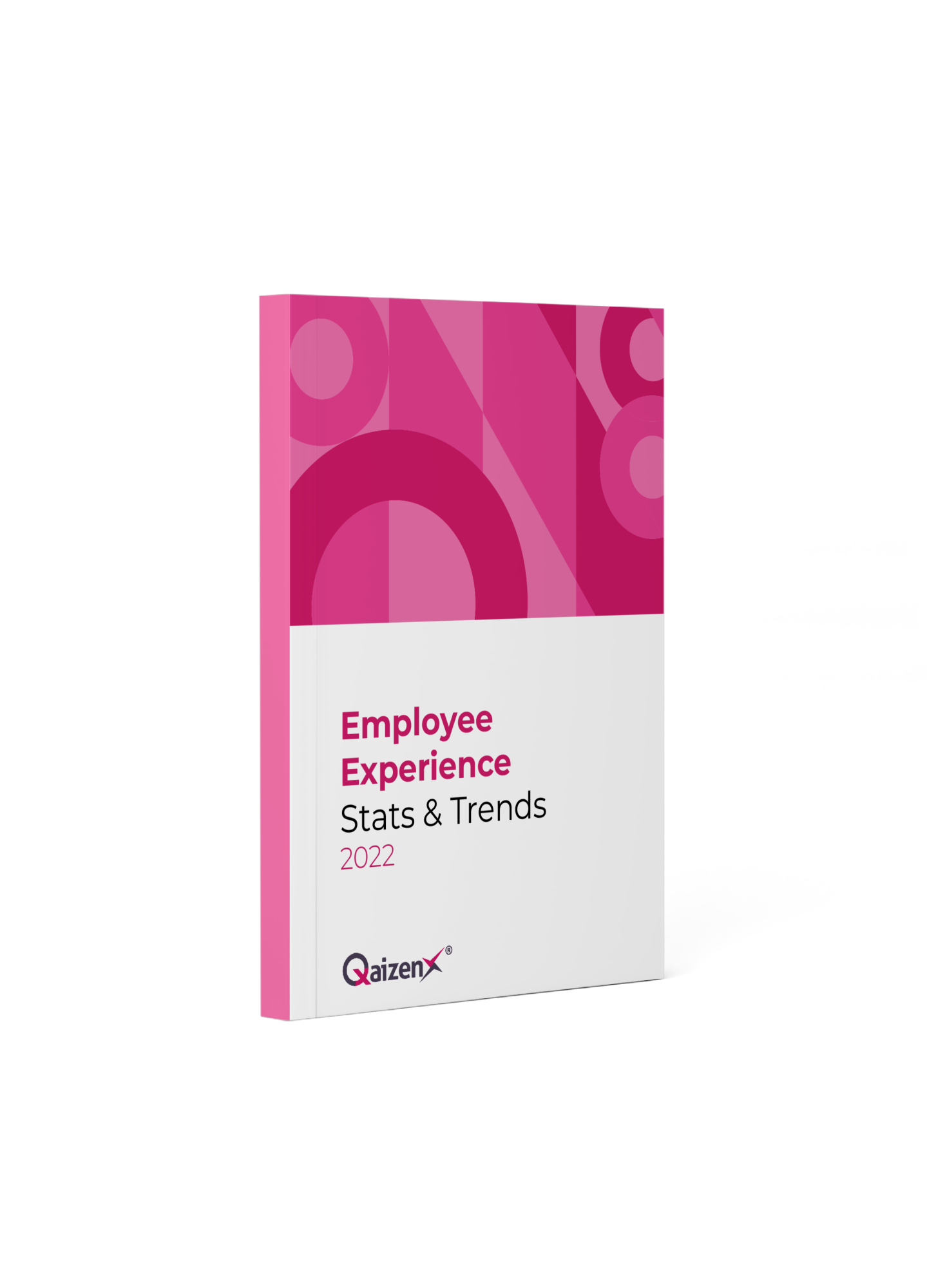8 Powerful Ways to Create an Inclusive Workplace

“When we listen and celebrate what is both common and different, we become wiser, more inclusive, and better as an organization.” — Pat Wadors
It goes without saying that a diverse workforce is a stronger one. When businesses accept and cherish individuals from diverse backgrounds in an inclusive workplace they reap the benefits of increased innovation and creativity, a robust corporate culture, and enhanced employee performance, among others.
The border between personal and professional life continues to dissolve as technology becomes ubiquitous and diversity becomes increasingly important. These shifts offer a once-in-a-generation chance for employers, governments, and society at large to rethink the nature of work. Redesign the workforce, and give employees more freedom in their workplaces. These shifts help us create a more inclusive workplace which makes the employees more engaged and productive.
To adapt to the problems of the modern workplace, we are here to assist you to develop a fresh plan of action for your company. So, if you’re prepared to roll out an inclusive workplace policy, we’ve compiled 8 tips to ensure that all of your employees. Regardless of their age, ethnicity, gender, religion, ability, or sexual orientation, may reach their full potential.

Ways to Create an Inclusive Workplace
1. Integrate inclusion into value
It’s a good idea to regularly review your company’s guiding principles, particularly during times of transition. If a declaration on inclusive workplace culture is not already included in your core values, you should seek approval from upper management to write one and put it into effect.
2. Establish a secured inclusive workspace
Collaborate with supervisors to gain insight into the working conditions of their departments in order to meet the requirements of everyone at your company. Employees may not feel comfortable speaking up for themselves. But managers can tell you about their skills and needs because they know them well.
One example of creating an inclusive workplace is providing gender-neutral toilets to promote non-binary and gender-queer inclusivity. You can even consider the necessity for breastfeeding facilities, and prayer or meditation places for your employees.

3. Recognize and praise everyone’s efforts
Rewarding and acknowledging employees’ efforts send a message about the values of your firm, which in turn increase their engagement and morale. It’s important to take some time to reflect upon the reasons that earned your public recognition. Instead of rewarding the same actions and skills (such as high sales numbers), give value to other talents and contributions. This effort in creating diversity helps your company to flourish in culture.
4. Make conversational opportunities at Inclusive Workplace
Let’s face it: no matter how enlightened we believe we are, we are always discovering new things about the people around us. Your employees are most likely close to their immediate teammates, but how well do they know their coworkers?
Encourage an inclusive workplace atmosphere by providing chances for workers to mingle and converse. This might take the shape of a formal framework, such as town hall meetings. However, don’t dismiss the genuineness of a casual atmosphere, such as company-wide meals, happy hours, volunteer days, or cross-team events.
5. Give introverts a platform to shine
It’s no secret that openness to experience is valued in conventional company culture. Those that speak out in meetings, take leadership of projects and advocate for themselves advance much faster than their more capable (but quieter) counterparts.
As part of your inclusiveness activities, teach managers to create room in meetings for employees who may be more hesitant to speak out or who may feel uneasy defending an important issue. Offer to sponsor noise-canceling headphones and nonverbal feedback options, such as suggestion boxes. Finally, provide solitary work and eating areas so that these smart, brilliant employees may recharge and continue to give you their all.
6. Exemplify inclusive language
You can be a strong change agent as an HR professional by walking the walk — and, well, talking the talk. Model inclusive language in all professional conversations. Learn and use the preferred pronouns for your company’s workers. And refer to someone’s spouse as “spouse” or “partner” rather than the gendered “husband” or “wife” (particularly if you don’t know their gender). ‘Partner’ can also be used by unmarried couples.
Always exercise extreme caution while using offensive words. If you do, make a proper apology and undertake the necessary work to avoid making the same mistake again.
7. Drive the discussions with data
Numbers and data may be an excellent method to begin the difficult — but important — discussions that are required for implementing an inclusive workplace.
Send a survey to all of your employees twice a year, asking them questions about a variety of topics. Then, divide the data into groups so that the next time you meet with your employee resource groups for a conversation, you may analyze the data. And consider how to improve the experience for that specific member of the company. When we meet with workers, for example, you may give a presentation on what they’re experiencing and what you’re hearing. As well as how the firm can go with an open discussion about it.
8. Use an innovative evaluation tool to track your Inclusive Workplace development
Follow a comprehensive review and tools to outline routes that show businesses what they need to accomplish in specific areas. For example, if your organization discovers that it requires assistance in decreasing performance review bias, the tool will recommend specific measures you should take based on your evaluation findings.
Some of the most common tools used are Checklists, templates, feedback surveys, and self-assessments on issues such as recruiting, development, and performance management. Whether you’re a small or huge business with a modest or no diversity department, it’s beneficial to use metrics to assess initiatives for an inclusive workplace.
Final Thoughts
Prioritize the essentials rather than trying to accomplish the impossible when it comes to making your workplace an all-inclusive workplace. When it comes to diversity and inclusion, most businesses still have a long way to go. However, it’s obvious that everyone in the business must be on board with the new culture for any changes to be successful.
Recruitment alone isn’t enough to measure success and you can’t be just limited to that. The question must be, “What are we doing to make up for it?” The best way is to just choose a couple of goals for the year and work on those exclusively. Use a systematic tech-based tool to measure your desired outcome and reflect.
Recent Posts
- 20 Examples Of Employee Feedback In The Workplace
- How to Obtain Valuable Input from Your Audience for Enhanced Product Development (and Increased Sales)
- 4 E’s of Employee Engagement and How To Implement Them
- How To Choose The Right Customer Experience Management Software For Your Business
- Why Customers Leave: Recognizing the Signs and Strategies for Retention



